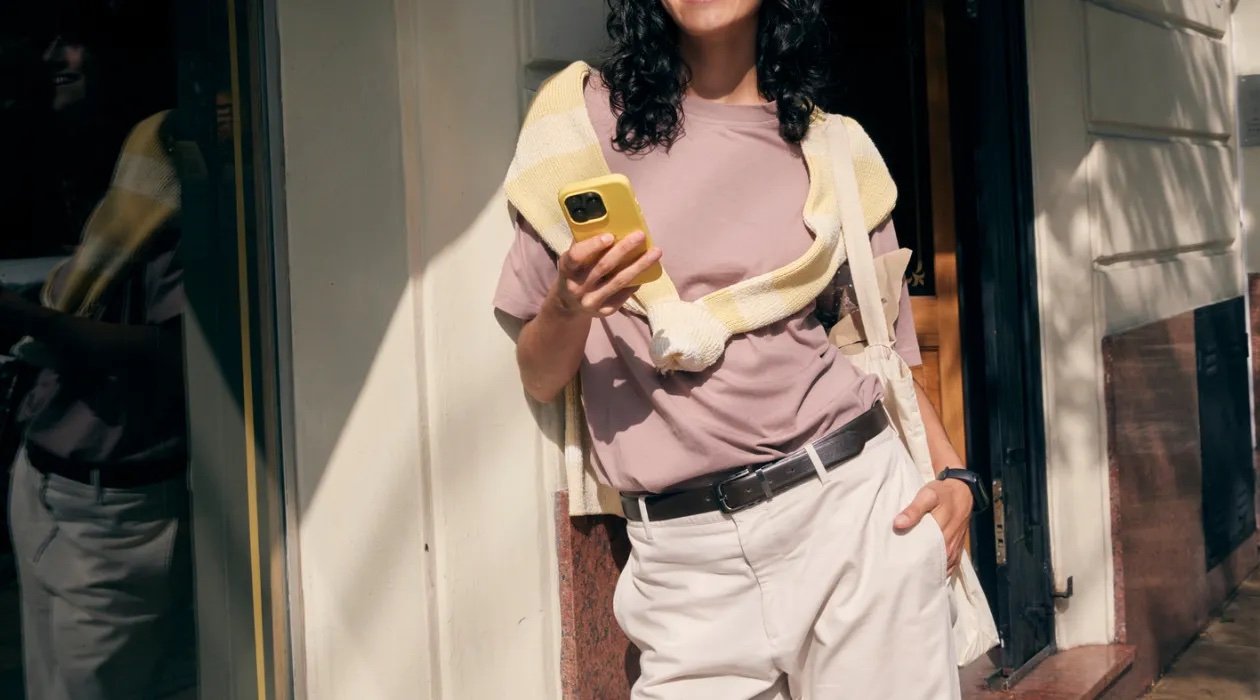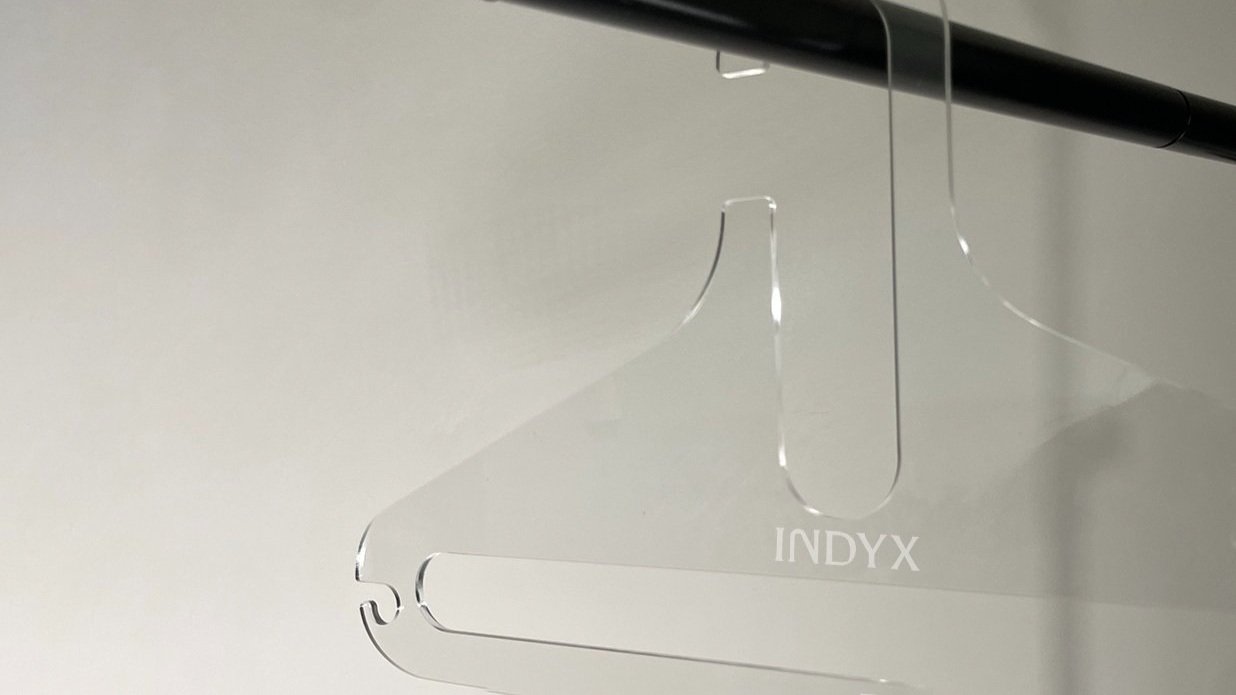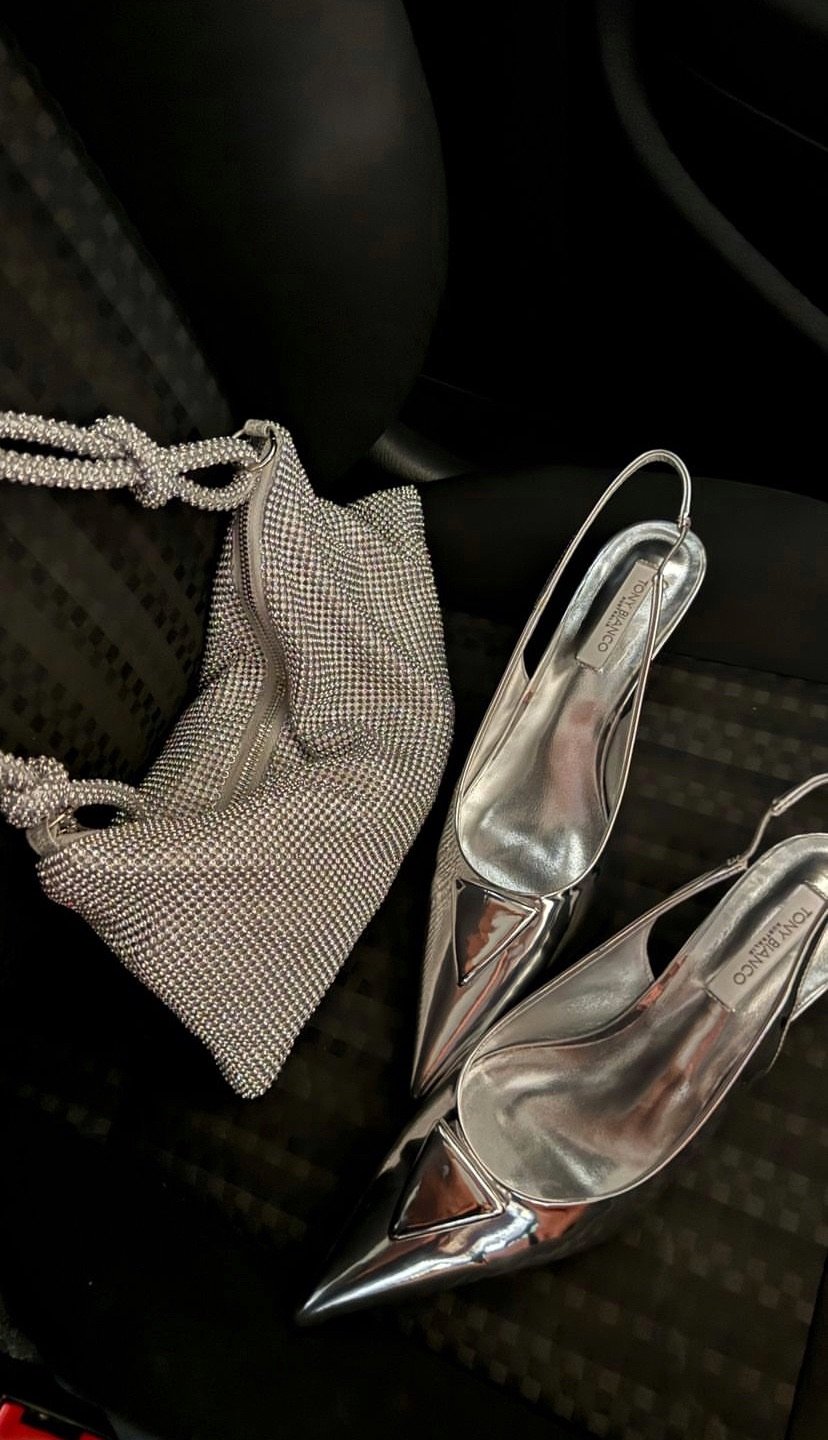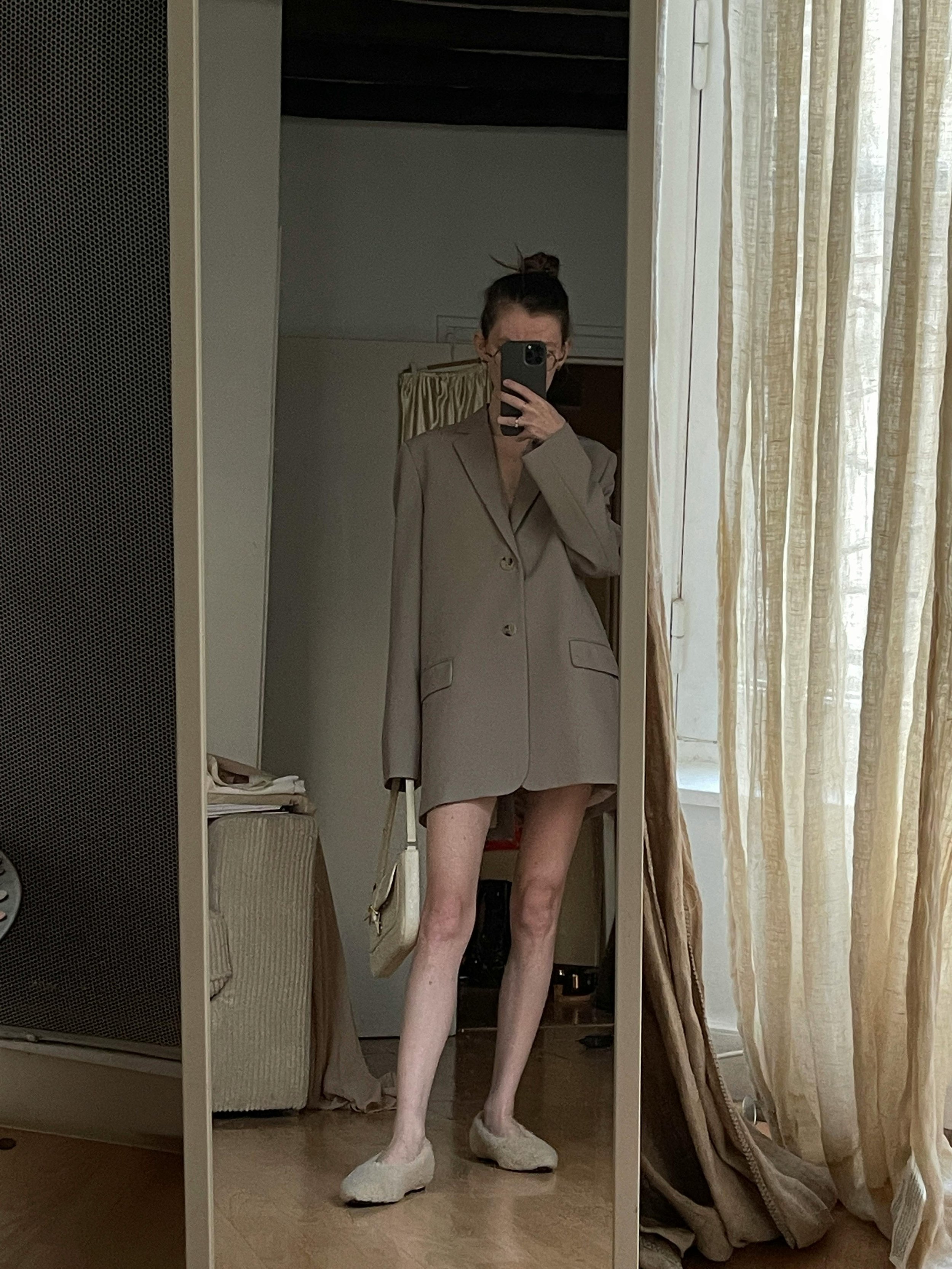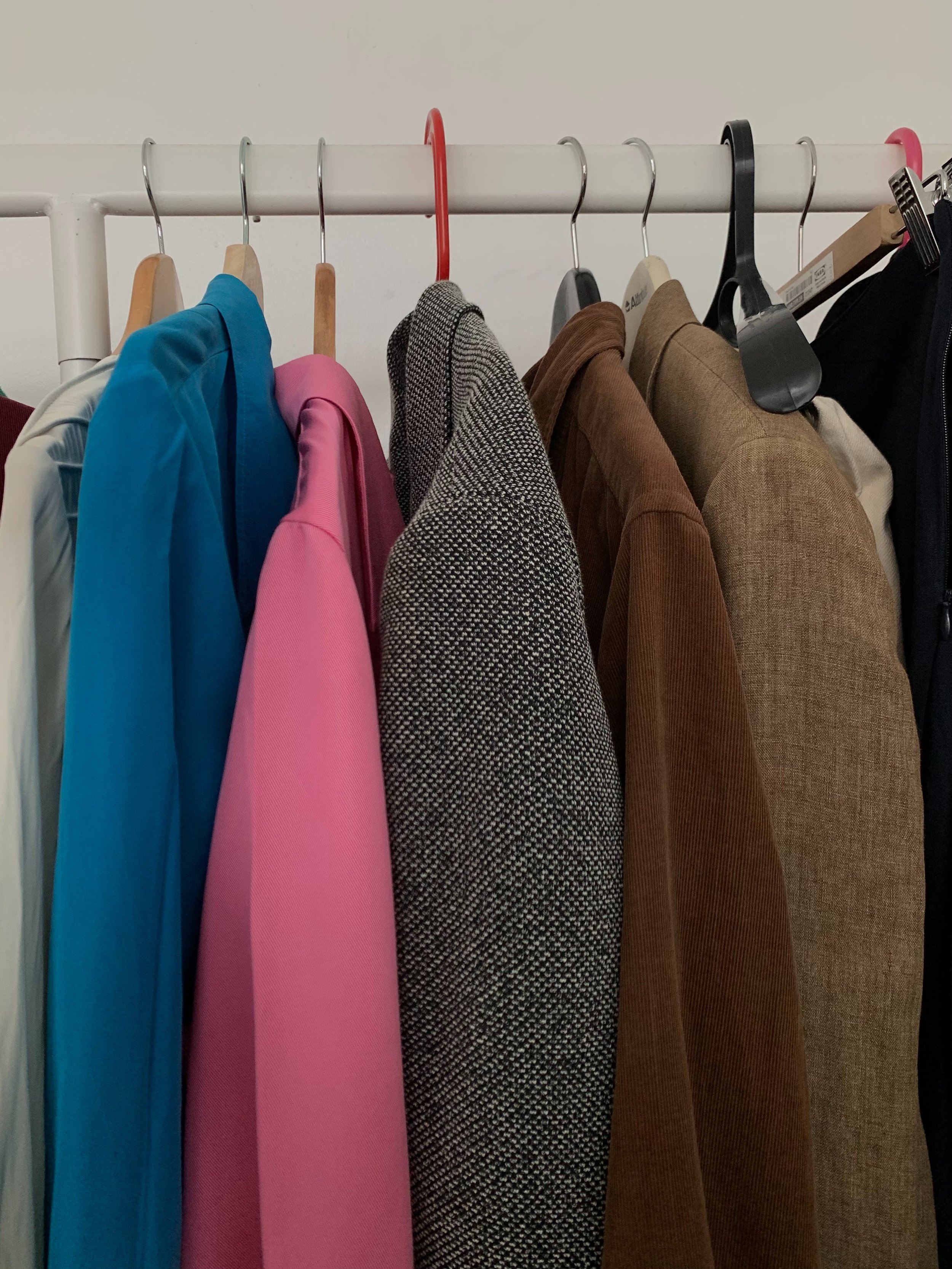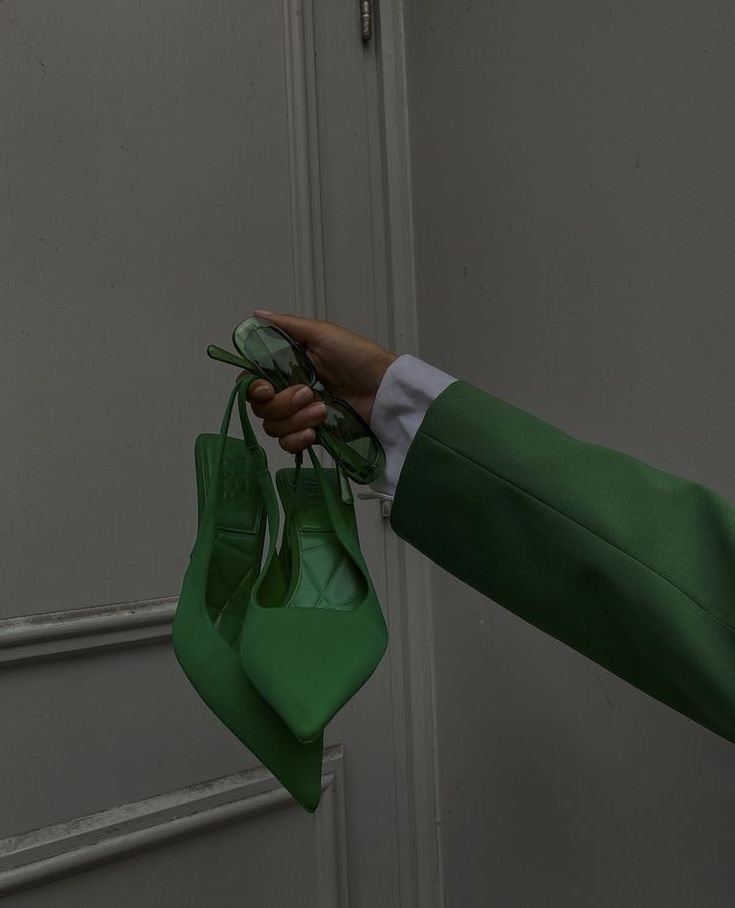An Industry Insider’s Look at Black Friday
Most of us experience Black Friday the perspective of brands filling our inboxes and social media feeds with an endless parade of promotions. It is mostly exhilarating. But, as we have discussed in a previous article, also creates the opportunity for quite a few regretful purchases. For many, it is simply a signal of the real kickoff to the Holiday season.
But inside those brands and retailers, Black Friday is a make or break moment for the entire year, and so it is *very* closely orchestrated, all with one goal in mind: to get you to buy as much as possible.
I am a fashion industry dropout, and this week I’m pulling back the curtain on what happens behind-the-scenes inside the industry around Black Friday.
What happens ahead of Black Friday?
In the real world, our seasons are Spring, Summer, Fall, and Winter.
In retail, we mark the passage of the year with Spring, Summer, Fall, and HOLIDAY.
A disproportionate amount of a brand’s total revenue for the year is earned during the Holiday season. While November & December are only ~17% of the calendar year, they can account for 25%-50% of the entire year’s sales. And so, there is a metric ton of pressure behind this moment. Screw it up, and the entire year could be a failure.
And so, preparation for Black Friday starts in earnest in the early spring. At this time, there is a huge amount of stress in HQ about what the “big idea” is going to be. It goes without saying that it has to at least comp last year’s event - meaning, it has to drive at least as much, if not more revenue than the prior year. But, it also needs to “stand out” from the thousands of other sales going on at the same time. Oh, and we should discount as little as possible in order to both stay competitive but also maintain our margin. It can feel like trying to solve a puzzle with half the pieces missing - there isn’t a good solution.
Why Black Friday is so early
The one thing that IS certain is that timing has become a total arms race. In the industry, there is belief in the concept of “share of wallet”. In this context, the theory is that your customer has a relatively set “wallet” that she is going to spend during this period of time, and if she spends it with a competitor first then your brand will just miss out entirely.
In an attempt to capture this share of wallet, year after year brands are creeping forward the start of their Black Friday sales. First it was Thanksgiving, then the week of Thanksgiving, and now it has become the entire second half of November or more. Even if they don’t *call* it Black Friday, you’ll notice a proliferation of promo events as early as late October. These are all attempts to claim ground versus competitors to the point of absurdity - is anyone thinking about Holiday shopping before we have even gotten past Halloween!?
It’s a delicate dance, because brands also need to maintain their margins. A quick lesson on the economics of sales: in order for a sale to be “worth it” to a brand from a gross margin dollar (GM$) perspective, the sale needs to lift the number of items they are selling enough to make up for the lower profit they are taking on each item. If that doesn’t happen, then they effectively just gave away money. And in short, the longer a sale drags on, the more likely that they’ll end up in this position.
So, what is more important: maintaining margin, or making sure that anyone shops with us at all? That is the question being asked through the Spring and Summer inside brands when determining timing for Black Friday.
Product buys put a final stake in the ground
Assuming industry standard lead times, Black Friday inventory orders are placed sometime in the Summer months. This effectively “locks in” expectations about how big sales numbers need to be for Black Friday to be considered a success.
Missing forecast on Black Friday is obviously a problem for topline revenue, but it is also creates a huge excess inventory problem. Recall that sales volumes during this period are exaggerated, so a 5% miss during Holiday is MUCH larger in terms of actual product left over than a 5% miss any other time of year. And, this inventory tends to be even more highly seasonal than usual. Think: sweaters, pajamas, and other giftables in colors and patterns that just scream “Holiday”. They have a very short expiration date.
I’ll also mention that this push to sell a ton of product in a short period of time can have some highly negative human and environmental impacts all along the supply chain.
There is a huge labor crunch for suppliers and logistics workers through the Summer and Fall as these orders are fulfilled. Many factories and ports are forced to hire short-term seasonal workers, and labor around-the-clock to fulfill these orders in time.
As the season draws closer, brands may also choose to shift shipments from ocean vessels to air to make sure that they arrive on-time. Shipping via ocean freight is much more economical and environmentally friendly, but can take 4-8 weeks or more for product to arrive from overseas. Putting those finished orders on airplanes instead can shorten shipping time to just days.
Through the rest of the year, brands typically optimize towards shipping as much as they can via ocean. But, when it comes to making sure product is on the shelf for the most high-pressure weeks of the year, that equation can quickly change - and, to the detriment of our planet.
You’re being stalked through the Summer & Fall
Preparation for the big day (or, week, or month as it may be…) doesn’t end with product. Brands are also working on the other side of the equation: you.
Acquiring customers for the first time during Holiday is enormously expensive, since every other brand is also battling for your attention. Smart marketers will execute strategies specifically to prospect or ideally acquire customers through the Summer and Fall so that they can then re-target those same people more inexpensively during Black Friday and Holiday.
So, the brands you just noticed earlier this year? There is a good chance they were intentionally warming you up in hopes you’ll pay off in the next few weeks.
What Happens On Black Friday?
The big day is here, and HQ is watching the numbers like a hawk. Imagine nervously and eagerly clicking refresh for the Taylor Swift ticket presale, but on an analytics dashboard. You don’t need to feel *too* bad for these folks, but Thanksgiving is no longer a warm, relaxing holiday.
There are almost certainly decisions triggered within the weekend itself based on how the sale is going. If they aren’t on track to meet forecast, brands will typically decide to do things like add more products to sale, increase the discount depth, or extend the length of the sale.
Each of these changes take coordination and hard work from many members of the team. For any one of these changes mentioned, the brand team would need to roll new copy, graphics, and images through all of their customer-facing channels including email, social media, and website. They’ll have to re-arrange marketing calendars to adjust for a sale extension, adjusting staffing for distribution centers and customer support teams to match. And, of course, leadership tends to want to wait until the absolute last moment possible to make the call. It’s pretty chaotic, even for the best-run operations.
The real-time evaluation of whether things are going ‘good or bad’ also reverberates through decisions for the rest of the season, for example, whether to hold another promotion later in December or how aggressive to be with shipping cutoff dates.
This is also when hourly frontline workers are crushed. Many brands make the decision to staff their warehouse and stores on Thanksgiving itself, although that practice is quickly falling out of favor with customers. But even if Thanksgiving is given off, the absolute mountain of orders will still be there on Friday.
This all obviously means long, stressful hours on the job for warehouse, store, customer service and delivery workers just trying to keep up. If your Black Friday package is delayed a few days, please give some grace to these folks. It will almost certainly arrive by Hanukkah or Christmas.
What Happens After Black Friday?
Remember that highly-seasonal inventory we talked about earlier? There is always some leftover. If truly no inventory is left at the end of the season, that is typically considered a failure, since it means that the brand lost potential sales from those out-of-stocks. You missed an opportunity to order more inventory and make more money - and so brands tend to err on the side of too much rather than too little.
And so, those leftovers hit the after-Christmas sales - and whatever doesn’t sell there is typically liquidated or discarded right away. There is so much more to explore on this topic - and we’ll be writing about it soon!
As we move into the New Year, product teams are already in the midst of designing product for the next Holiday season. Everybody else gets a blessed 1-3 months to work on something *other* than Black Friday and Holiday.
And then, the cycle starts up ALL over again.
Devon is a co-founder of Indyx and currently leads Growth for the company from San Francisco. She enjoys admiring other people’s gardens and sleeping in with her French Bulldog, Reggie.




